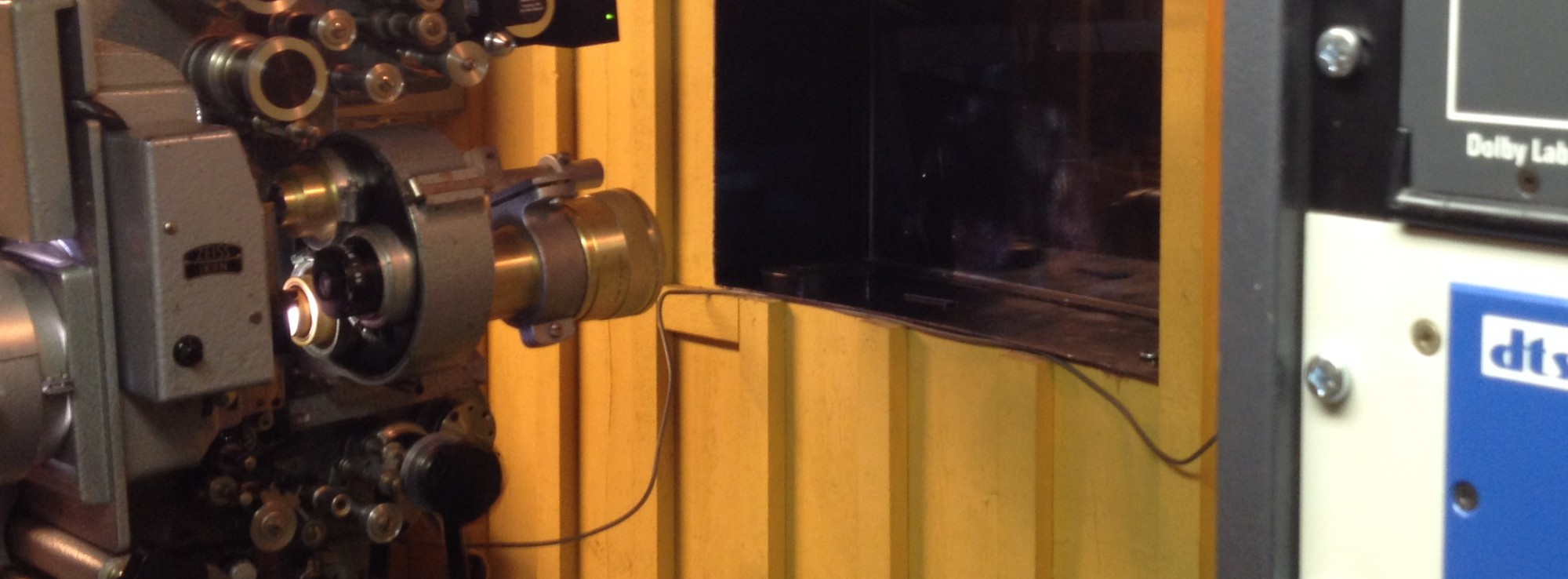Recently got fed up with Spotify. Not the Rogan thing, mind. I think that one is an overreaction – cancel him just because he invites contrarians and uses the N-word? Or that -god forbid – you disagree with him? Seriously? But I digress.
I’ve grown accustomed to the Spotify ecosystem and their playlists, their ever-so-subtle big brother watching me to generate new playlists based upon flawed metadata on the songs themselves, because every now and then they do offer something new that’s genuinely good. Well, not new, just something I missed. That part isn’t perfect but I like it.
The problem is their abysmal sound quality.
They’re running Ogg Vorbis files on a maximum of 320 kbps, which they label as “very high”. A true 320 kbps source losslessly reproduced could be a decent start, but I think that’s never happening. I think their audio is a compromise directed at people who don’t care.
They announced a “Spotify HiFi” about a year ago, though, and there were whispers about hi-res before that, so I’ve been patient. The music I cared about I bought on CD or better, and I sort of made do on that “very high” setting. But 2021 went by and morphed into 2022, and a few days ago or so, I had enough. I’m not exactly sure why; I simply had enough.
I’ve been fed with Tidal ads the last year or two on all of my social media. Big Brother does know me. So I did a couple of Google searches. Tidal was certainly one, but so was Qobuz. The other day I installed them both on my Android phone with one-month trials.
My Android phone, a Pixel 6 Pro, produces decent sound on my wireless Bluetooth Sennheiser cans, so both sounded good enough on a first listen. The Qobuz Windows app on my work laptop sounded even better – a dedicated DAC and a decent set of speakers powered by a Denon pre-amp goes a long way – so I was suitably impressed, especially when playing hi-res FLAC tracks. Classical music, to me, is a necessity, much of the time, and now I found myself discovering music again. Vivaldi, Mozart, Wagner… so many recordings to choose from, and all of them sounded better than Spotify ever could.
And no – I don’t like laptop soundcards. They’re all inferior and noisy and low-res. I bought a FiiO DAC last year to avoid them. My trusty PC sound system – Cambridge Audio, 25 or so years old – gave up the ghost early last year and after an eternity of procrastination (three weeks), I bought a set of Dali speakers and revived a Denon pre-amp I had kept because I knew I’d need it some day. Call it an awakening, but soon after I realised I’ll need a proper DAC to bypass the laptop soundcard. Enter the FiiO DAC, and enter the winter of discontent with Spotify while writing XSLT.
My personal laptop is a Linux box. The Qobuz install on Windows was fabulous, so how would it fare on Linux?
There was no Linux app. The web player was unreliable at best – it would keep the lower-res settings if running mixed-resolution lists, so I had to do a lot of tweaking, every time. No fun if you want to listen to a playlist while working. Adding it to Strawberry, my media player of choice, was no fun either. The bitrates would be correct but finding songs… just no.
Tidal was no better. There most certainly isn’t a Linux solution, and their desktop is limited to “HiFi”, which is not the hi-res option but the one below.
And here’s where this story took a dark turn familiar to anyone as invested in open source as I am. See, Tidal reserves its highest-quality settings and subscription fees to something usually appearing as “MASTER” or just “M” next to their listings. I tested some of them, and sure enough, I thought I did hear a difference. There was no bitrate given, though, nothing that actually gave the stream settings away, which I thought was a bit weird.
So I did another Google search while listening to Tidal versions of the Qobuz recordings I already had compared to Spotify. This is where I found out that MQA, the audio format behind Tidal’s master quality, is proprietary. You cannot independently verify any of its claims because you cannot access the format itself. That is to say, you cannot access the digital, bit-by-bit, output. You cannot read the specification. You just have to trust them.
Now, I don’t like closed source. I’m not opposed to people making money on their inventions, but I also don’t like unverifiable claims. The MQA format is unverifiable. You cannot read the spec, and you cannot access an output MQA digital stream to compare it to the source of that same stream. You just have to trust the people who sell you the licenses.
This was not OK, so I did some additionsl research. Long story short, here’s what you should watch next: https://www.youtube.com/watch?v=pRjsu9-Vznc
I’m not a bit-by-bit audiophile, I just listen very carefully because I have perfect pitch. I also care about open source, a lot. The former is because have no choice; the latter is all about conscious decisions the last 27 years or so. Open source is what allows me to write this in the first place, and this is where I’m now. Tidal is out, Qobuz is in, and at least my music sounds better.
